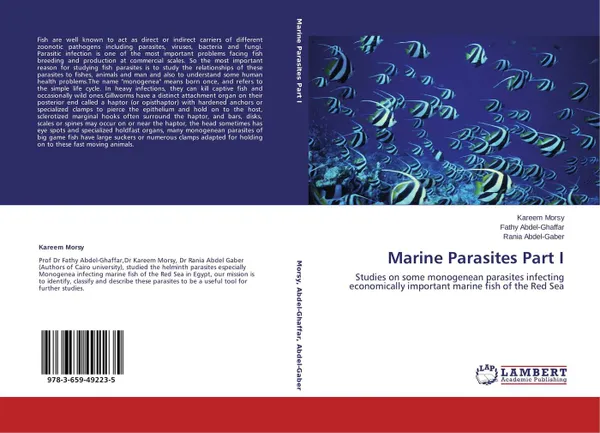Marine Parasites Part I
2013
148 страниц
Категория: Литература на иностранных языках
Язык: Английский
Тираж: 500
📗 Fish are well known to act as direct or indirect carriers of different zoonotic pathogens including parasites, viruses, bacteria and fungi. Parasitic infection is one of the most important problems facing fish breeding and production at commercial scales. So the most important reason for studying fish parasites is to study the relationships of these parasites to fishes, animals and man and also to understand some human health problems.The name "monogenea" means born once, and refers to the simple life cycle. In heavy infections, they can kill captive fish and occasionally wild ones.Gillworms have a distinct attachment organ on their posterior end called a haptor (or opisthaptor) with hardened anchors or specialized clamps to pierce the epithelium and hold on to the host, sclerotized marginal hooks often surround the haptor, and bars, disks, scales or spines may occur on or near the haptor, the head sometimes has eye spots and specialized holdfast organs, many monogenean parasites of big game fish have large suckers or numerous clamps adapted for holding on to these fast moving animals.
Мнения
